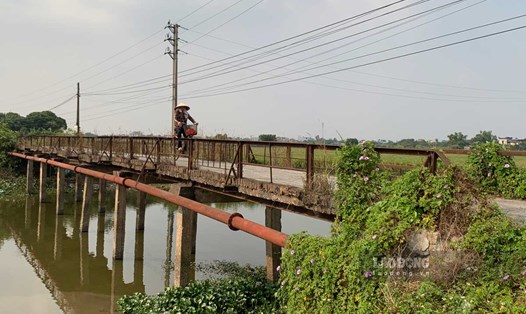According to historical records, Buon communal house (in My Thang commune, Nam Dinh city, formerly My Loc district) was one of the important bases for storing food, recruiting soldiers, helping Dinh Bo Linh to suppress the 12 warlords and unify the country. The communal house was built more than 200 years ago.
In 2015, Buon communal house, along with Truc temple and tombs of related historical figures in My Thang commune were ranked as national monuments.
In terms of architectural value, Buon communal house was built in the Southeast direction, with two main buildings, the front hall and the forbidden palace, forming an architectural plan in the shape of the letter "Nhi". The main gate is formed by a system of pillars built of bricks and mortar. The front hall is 18.5m long; 9.5m wide; two roofs are covered with southern tiles; this is a rather massive wooden architectural work with 4 rows of pillars.
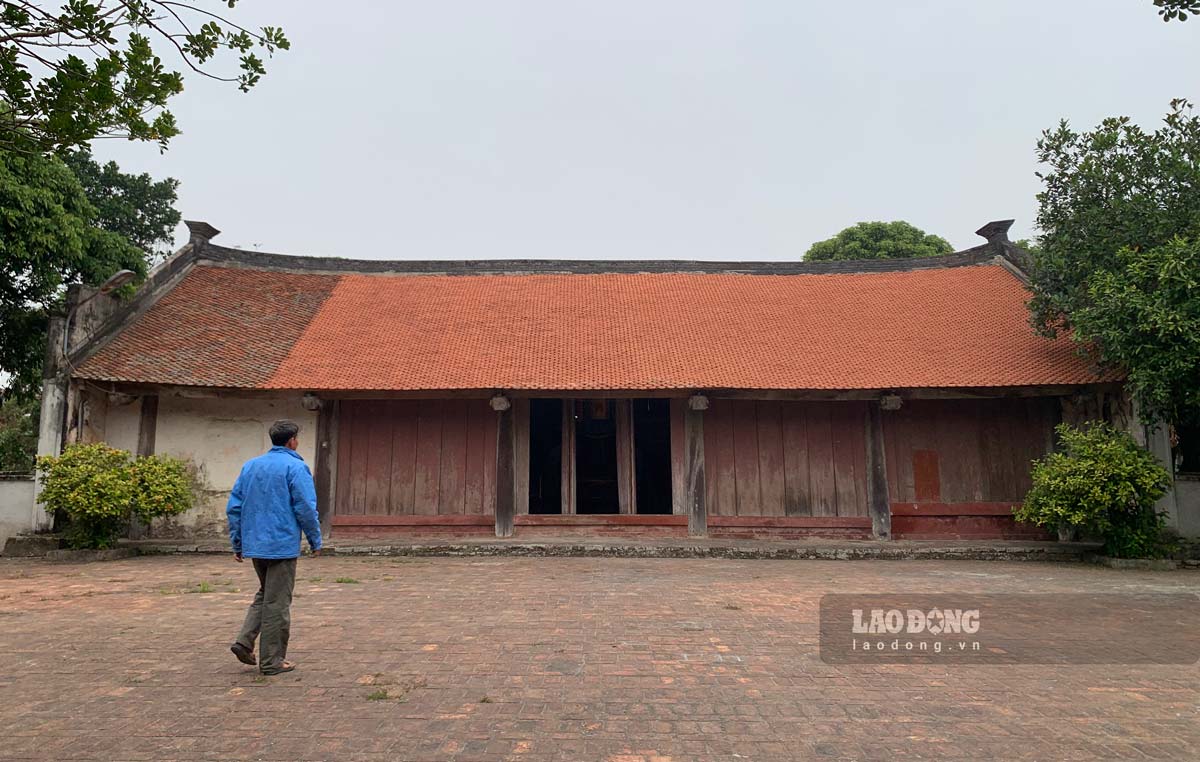
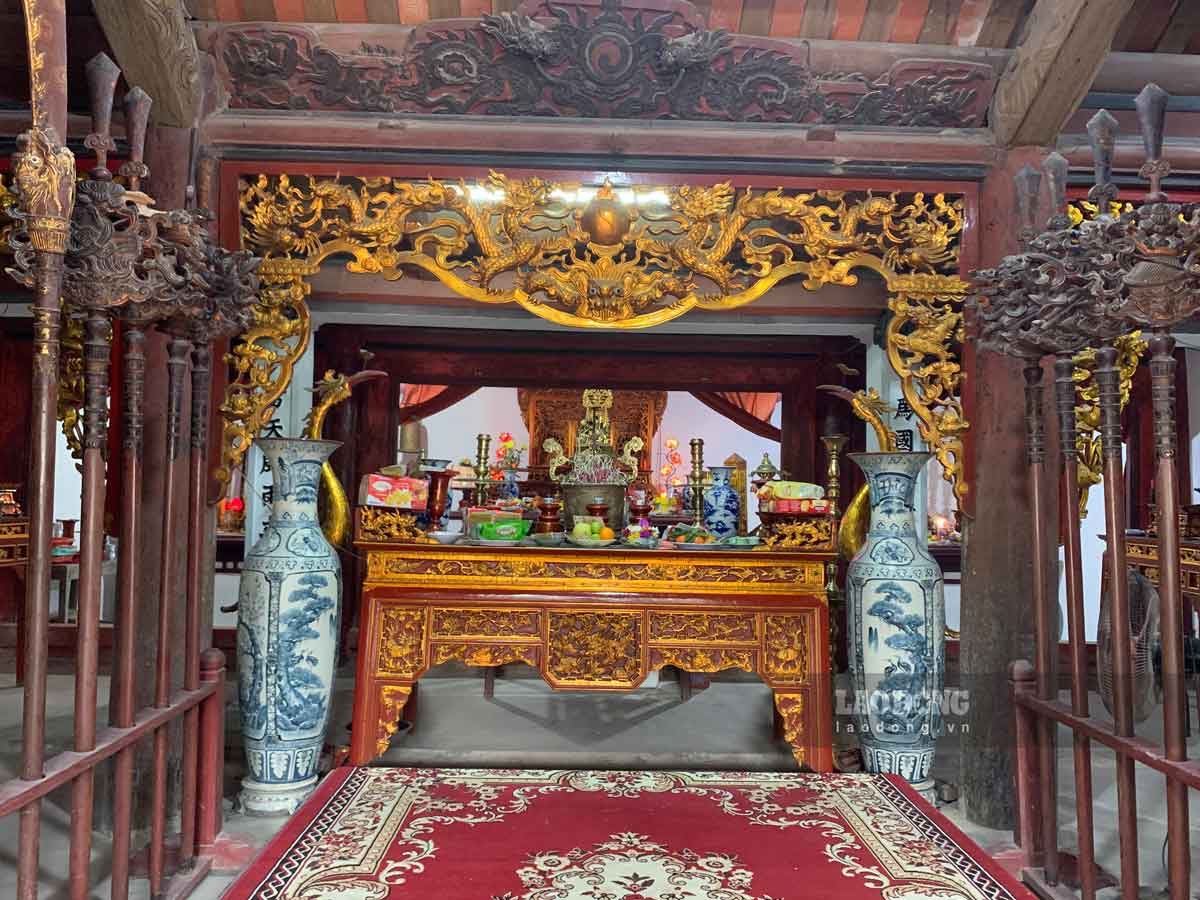
Although Buon communal house was upgraded and renovated in the past, over the years, its items have deteriorated.
According to Lao Dong Newspaper reporters at Buon communal house, many wooden items of the communal house are termite-infested and rotten. The walls are moldy and the plaster is peeling. The main door system of the communal house is old and must be secured with bamboo and rope.

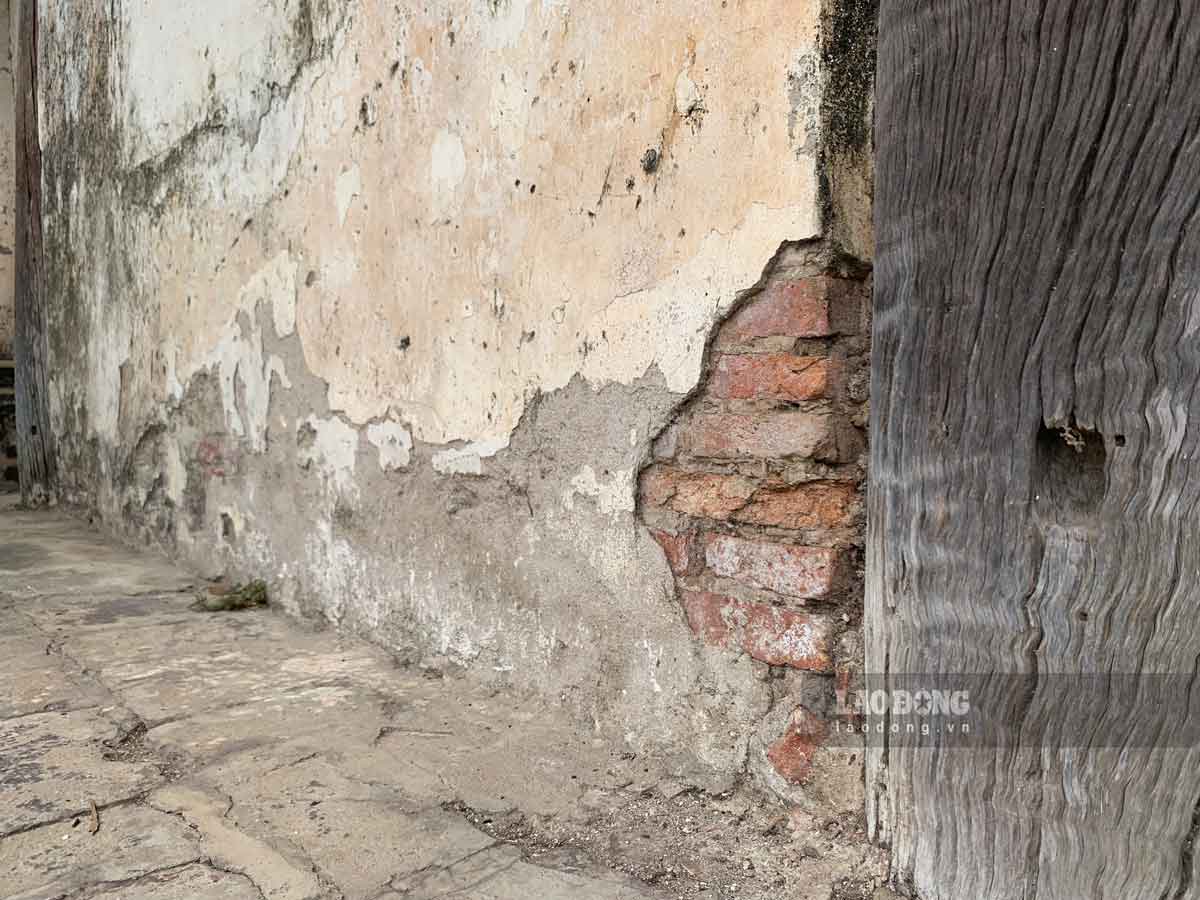
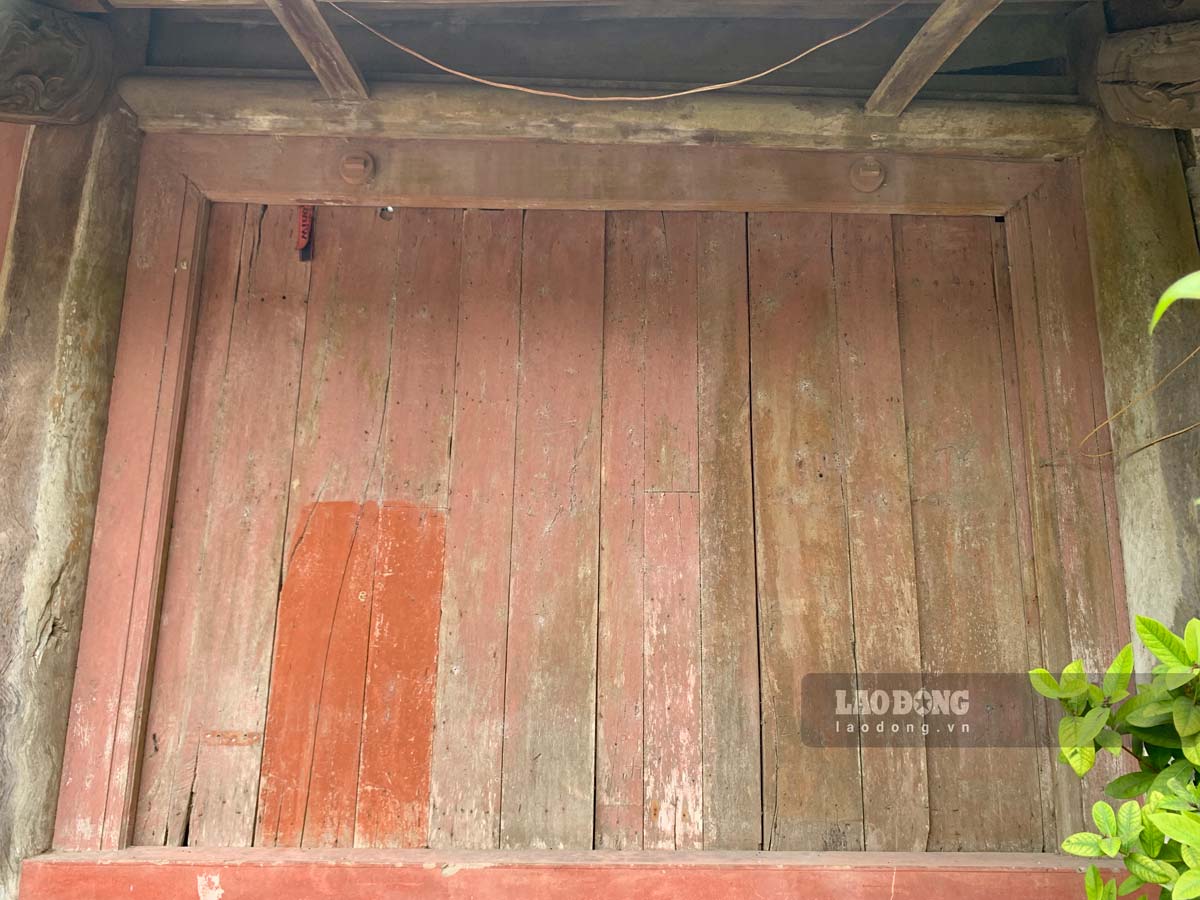
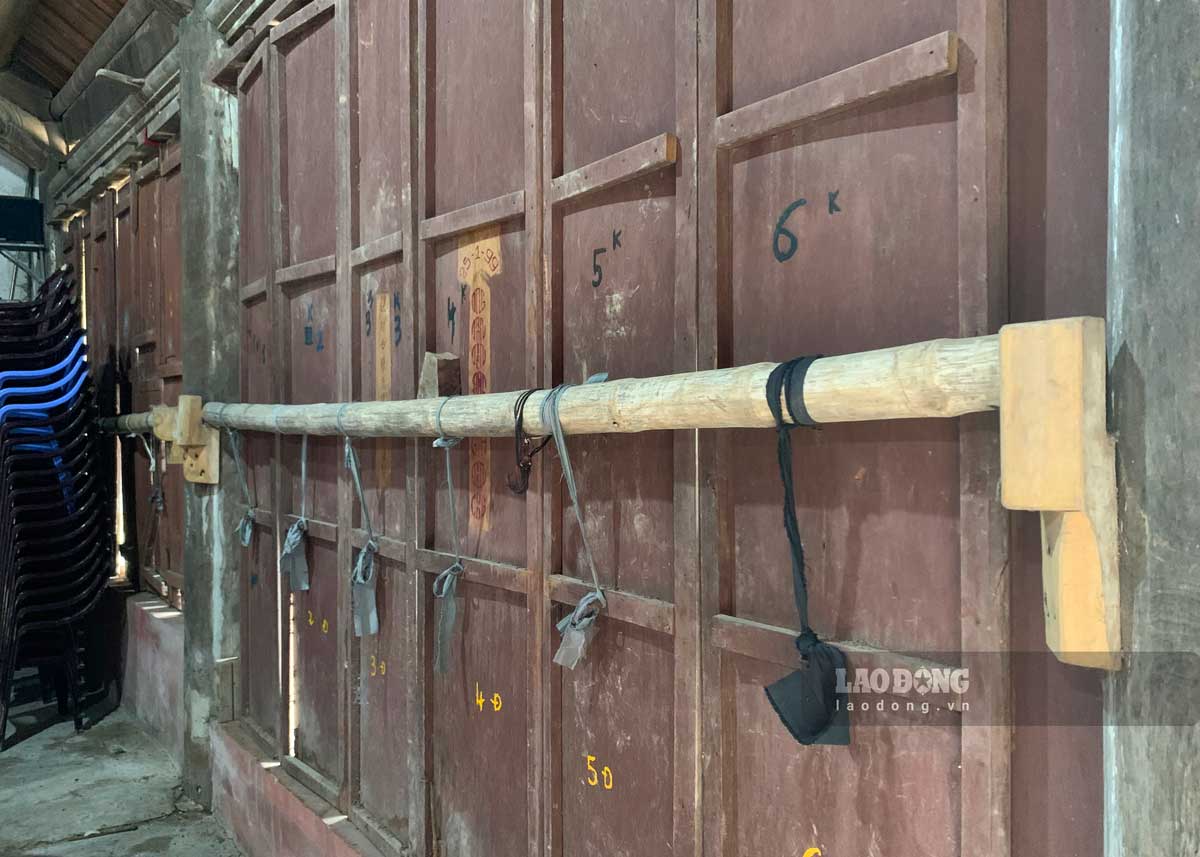
Standing looking at the seriously termite-infested pillar inside the communal house, Mr. Vu Ngoc Toan (59 years old, keeper of Buon communal house) said: "Inside the communal house, the pillars, rafters, and beams are all made of wood, so they are often infested with termites. For example, this pillar was attacked by termites so much that we had to use cement mortar on the outside to temporarily treat it. Because it is an ancient communal house, the roof, beams, etc. have been repaired in the past. Over time, some other items are also deteriorating. We really hope that the authorities and sectors will pay attention so that it can be upgraded promptly."










